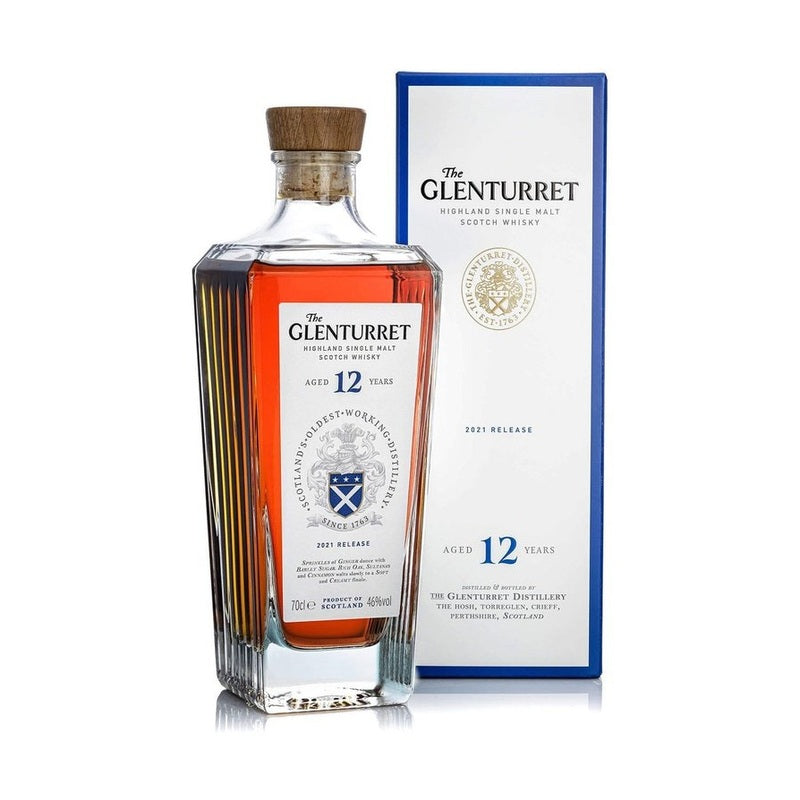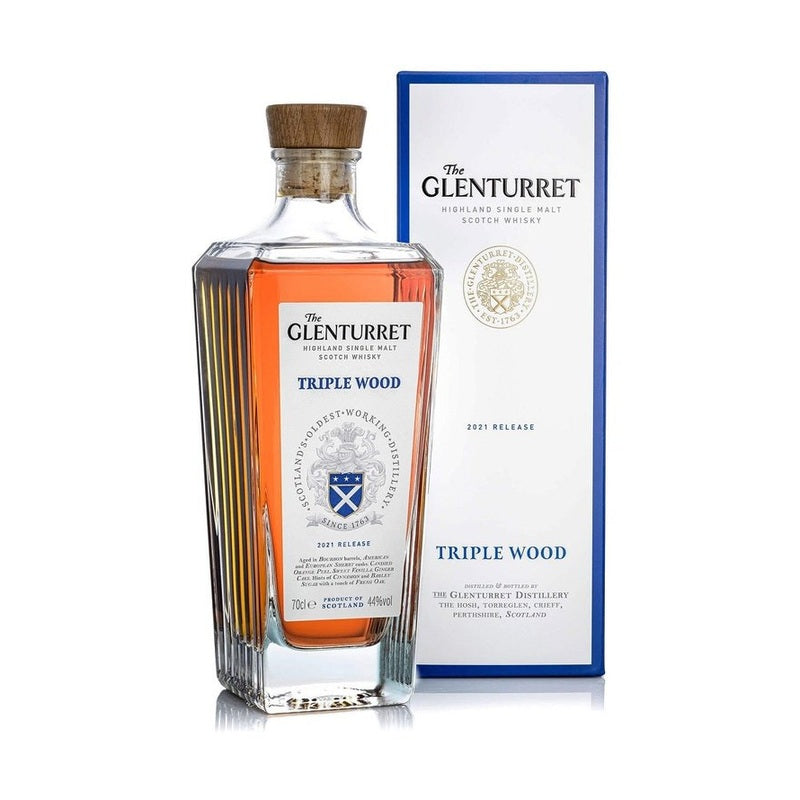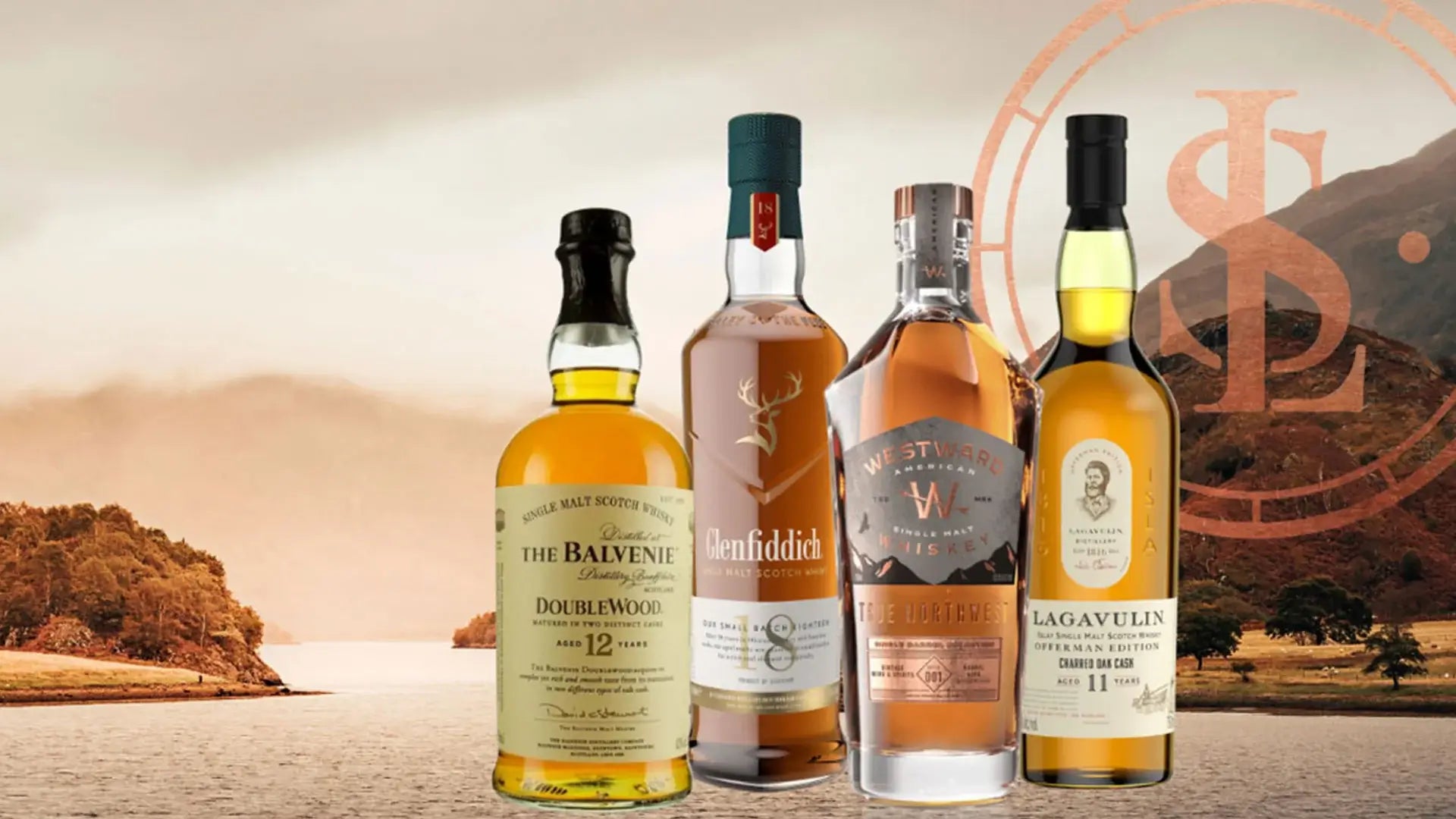
Glenturret Distillery
Filters
Producers of the Famous Grouse Blended Whiskies
The Glenturret Distillery is located on the banks of the Turret River two miles north west of Crieff in Perthshire, Scotland. The distillery is hidden in the valley and its secluded location may have contributed to its early history as the site of several illicit bothy stills. The high hills to either side of the distillery were thought to act as lookout points for the smugglers. When Alfred Barnard visited the distillery he described the valley as “a perfect paradise to artists, who come in great numbers to transfer some of its transcendant beauties to canvas.” The distillery is located in the parish of Monzievaird and Strowan.
History
The distillery was officially established in 1775, but the distillery had previously been under the control of illicit distillers, who sought to avoid paying taxes to England, since 1717.
The distillery was originally known as “Hosh” and was originally owned by the Drummond family. "Hosh" comes from the gaelic "cois", meaning foot. It was taken over by John McCallum in 1845 till 1875 when Thomas Stewart took it over and renamed it Glenturret in its centenary year.
The First World War saw the closure of the distillery, but following the war it reopened again under the Mitchell Brothers until 1921 when the great depression and prohibition in America saw it closed again. The buildings during this period were kept as storage by the Murrays of Ochtertyre. It did not reopen again to production till 1957 when it was revitalised by James Fairlie. Fairlie was a whisky enthusiast and his intention was to create a malt whisky created in traditional fashion and to preserve the craft of distilling. The distillery was bought by Cointreau in 1981 and from there passed to Highland Distillers in 1990. Since then it has become the home of “The Famous Grouse Experience”, which was nominated for an Interactive Entertainment Award at BAFTA in 2002.
Production and Character
The water supply for the Glenturret comes via its own pipeline from Loch Turret which has its origin in Ben Chonzie. As the water used contributes much of the taste and character of the whisky, the purity and quality of the water is essential in the whisky making process. Ben Chonzie is part of the Grampian Mountain Range and is a granitic intrusion, with a diorite composition. This geology has resulted in the extreme softness of the water of Loch Turret making it a suitable source for the whisky.
Barley is soaked in water from the source for two to three days then spread over the floor of the malting house. The green malt is then dried in a kiln over peat smoke. The malt is then milled into grist, which is like a course flour. Grist is then mixed with hot water in the mash tun at about 70 °C for about an hour. This is drained off and the second water, which is hotter, is added and allowed to run straight through. The third water is even hotter and is used as the first water for the next batch. The sugary wort is collected, cooled and then fermented in large pine vessels called wash backs. Yeast is added and after 48 hours of fermentation the wash is made. The wash is then pre-heated in a wash-charger and from there goes to the wash still. This is a traditional pot still made of copper and is of a shape unchanged in the history of Scotch whisky making. The wash is heated in the pot still so the alcohol vapour rises up and cools and condenses in the low wines receiver. The low wines then passes through to the spirit still where it is distilled again. The spirit running through the pot and spirit stills is subject to Her Majesty’s Customs and Excise Duty and so is kept under lock and key. It can be sampled and tested by the stillman via the spirit sample safe. The spirit from the spirit still is divided in three parts, but only the middle cut or “Heart of the Run” is suitable to be made into malt whisky. The other two parts are fed back into the low wines receiver to be re-distilled. The middle cut then goes to an oak spirit receiver and from there to the filling vats in the spirit store.
At this stage more water is added to reduce the concentration of alcohol from 75% to 64%. Each oak cask is handmade and therefore unique, so each must be weighed before and after filling to determine how much spirit is in each. Each cask is stencilled with the name, year, cask number and number of litres. The casks are then laid aside in the warehouse for a minimum of three years when it can be used for blending. But for the malt whisky range it is matured for 8, 10, 12, 15 or 21 years or longer for very special bottlings.
Philip Hills has described Glenturret with the words:- “Its nose has the floweriness which is characteristic of such [bourbon cask]; it opens up with water and yields scents of elderflower and liebfraumilch. It is entirely honest, not appearing to be anything it isn’t, but what it is, is sufficient; an entirely pleasing and agreeable whisky.”
The Glenturret 10 Year Old 'Peat Smoked' 2021 Release Highland Single Malt Scotch Whisky
The Glenturret 12 Year Old 2021 Release Highland Single Malt Scotch Whisky
The Glenturret Triple Wood 2021 Release Highland Single Malt Scotch Whisky
- Featured
- Best selling
- Alphabetically, A-Z
- Alphabetically, Z-A
- Price, low to high
- Price, high to low
- Date, old to new
- Date, new to old









